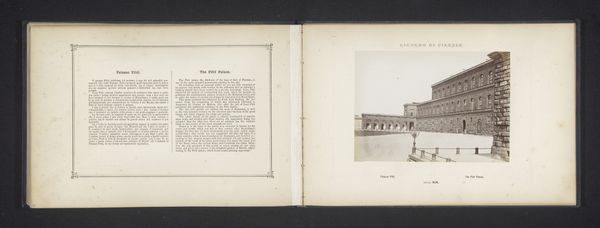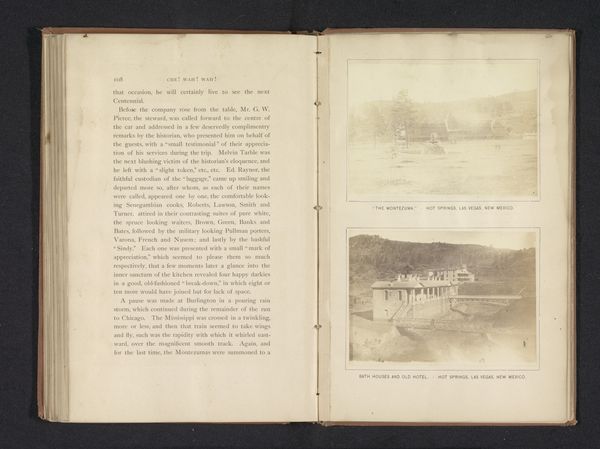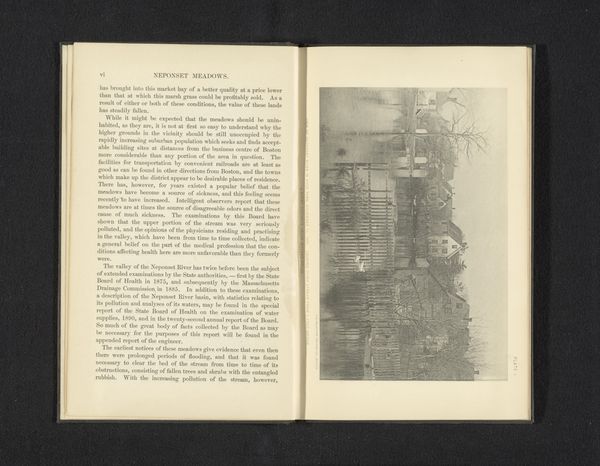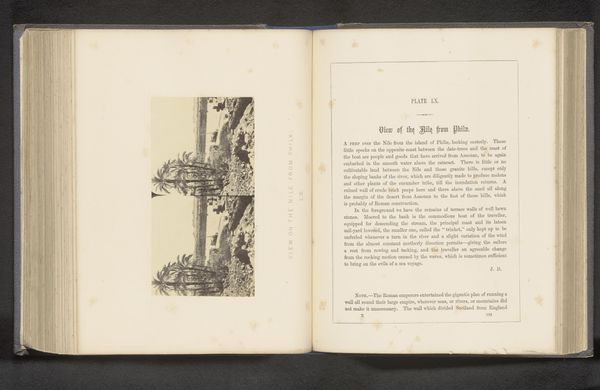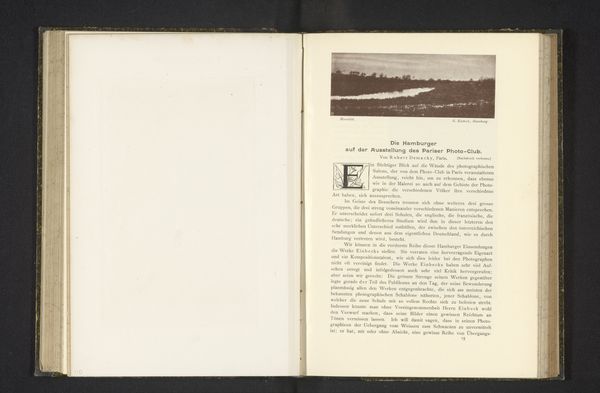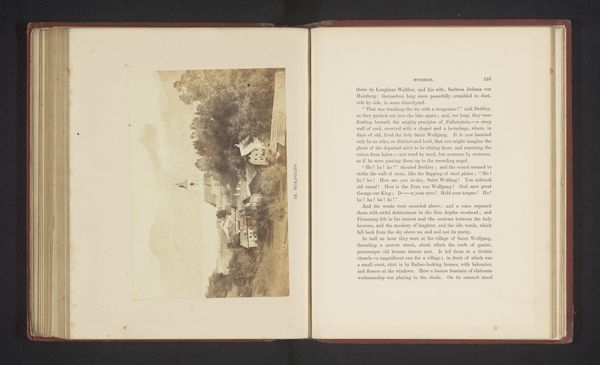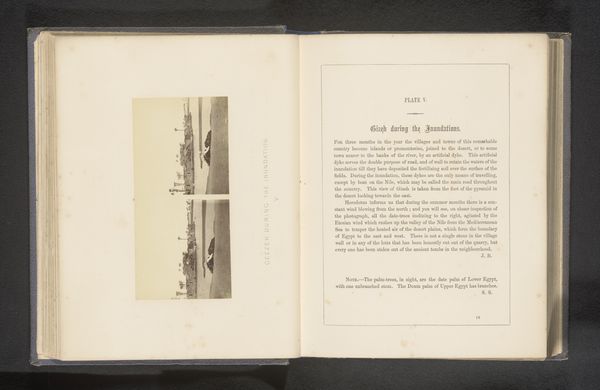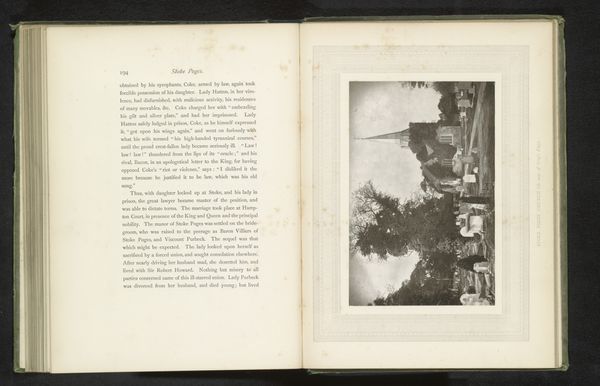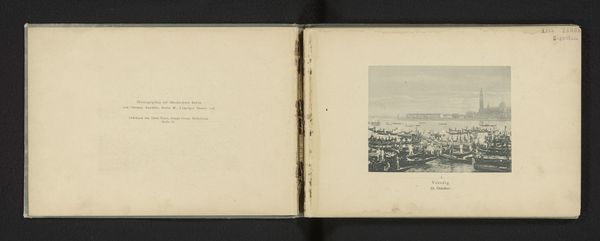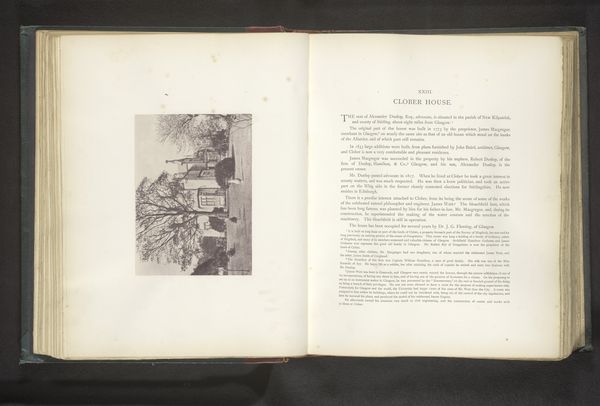
print, photography, gelatin-silver-print, albumen-print
# print
#
landscape
#
photography
#
gelatin-silver-print
#
cityscape
#
genre-painting
#
italian-renaissance
#
albumen-print
Dimensions: height 96 mm, width 146 mm
Copyright: Rijks Museum: Open Domain
Curator: Here we have "Gezicht op de Ponte Vecchio in Florence" – or "View of the Ponte Vecchio in Florence" – taken by Giacomo Brogi sometime before 1871. It's a gelatin-silver print, capturing the iconic bridge and cityscape. Editor: My first thought? It's like stepping back in time. There's a stillness to the water and buildings that feels incredibly peaceful, yet somehow epic. The tones are muted and rich, the focus on light is interesting. It’s incredibly atmospheric. Curator: Brogi was a fascinating figure, running a very successful photographic studio in Florence during the latter half of the 19th century. His studio captured not only architectural landmarks, but also portraits and genre scenes, reflecting the artistic and cultural milieu of the era. It suggests that art served more than just aesthetic functions at that time. Editor: That's exactly it. The Ponte Vecchio, weighed down with such iconic shops, almost shimmers. Knowing its history, though, seeing it untouched almost is chilling—but inspiring in some way. The reflections in the water are gorgeous and haunting all at once, like the soul of Florence itself. What did images like these actually mean for Florentinians back then? Curator: Photographs such as these really reinforced a specific cultural identity for a city like Florence, promoting itself as an epicenter for Renaissance art and culture at a time of tremendous transformation in Italian society. The way Brogi framed the city, it reinforced an existing visual narrative, a certain type of Italian cultural identity. This image says: "This is Florence! Timeless! Beautiful!" Editor: It worked, right? Even now, viewing it through the sepia tones of history, there's something undeniably magnetic about that view. You sense the history etched in every stone and corner. The composition draws you into the frame like an old myth about siren songs from under the water, calling to visitors from distant shores. Curator: Absolutely. It presents an idealized version of the city. Images of that caliber helped build, and market, an established idea that Renaissance Florence must always look beautiful—regardless of what occurs day to day! Editor: True, perhaps now it speaks more to what was than what it currently is. This image then allows us to visit the beauty of what this Italian landmark used to signify, or what Giacomo Brogi aimed for us to view. Thank you for showing it to me.
Comments
No comments
Be the first to comment and join the conversation on the ultimate creative platform.
